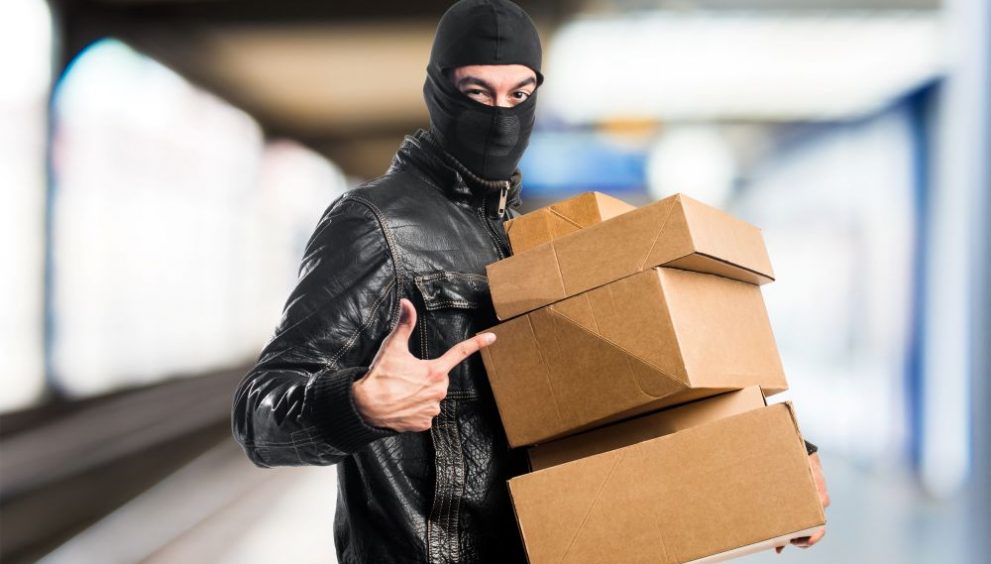As online shopping continues to surge, so do the risks of falling victim to parcel scams. Cybercriminals are increasingly exploiting package delivery processes to defraud unsuspecting consumers. As a leading cybersecurity solutions provider, we have uncovered emerging digital fraud trends related to parcel and package delivery scams, providing detailed safety guidelines to help protect you from these threats.
In this blog, we’ll explore the latest parcel fraud trends, common scams to watch out for, and expert advice from Quick Heal on safeguarding yourself against these deceptive tactics.
Understanding Parcel Frauds and Common Scams
Parcel fraud involves scammers posing as representatives from courier services or online shopping portals to trick victims into revealing sensitive information or making fraudulent payments. These scams often rely on social engineering tactics, exploiting people’s trust and the increased online shopping activity during the pandemic.
Common types of parcel frauds include:
- Fake parcel delivery scams: Fraudsters send fake delivery failure notifications via SMS or email with malicious links
- Package delivery scam texts: Scammers claim a parcel is held up, requiring payment for customs clearance or delivery rescheduling
- Fraudulent courier services: Cybercriminals impersonate legitimate courier companies to steal personal and financial information
FedEx Parcel Scams and How They Operate
One growing trend is the FedEx parcel scam, where fraudsters impersonate FedEx to steal personal information through fake tracking notifications or delivery attempts. They often send SMS or email messages claiming a package couldn’t be delivered, urging the recipient to click on a link or provide details to reschedule the delivery.
These links typically lead to phishing websites designed to harvest sensitive data or install malware on the victim’s device. By leveraging the trust people have in well-known brands like FedEx, scammers can easily deceive unsuspecting individuals.
Parcel Delivery Email and Text Scams
Parcel delivery email scams and parcel scam texts are also on the rise. Scammers impersonate delivery companies, sending fake emails or text messages with urgent calls to action. These messages often claim that a package is waiting for the recipient, but a small fee must be paid for customs clearance or delivery rescheduling.
The goal is to trick victims into revealing their credit card details or other sensitive information. Some messages may also contain attachments or links that install malware when clicked.
Fake Postal Money Orders and Delivery Scams
Fake postal money order scams involve fraudsters sending counterfeit money orders, claiming the recipient has won a prize or inherited money. The scammer then requests the victim to deposit the money order and wire back a portion of the funds to cover taxes or fees. By the time the bank detects the forgery, the victim has already lost their money.
Similarly, fake post office tracking number scams deceive people into thinking they are receiving packages. Scammers leave “missed delivery” tags or notes with a fake tracking number, urging the recipient to call a number and provide personal information or payment for redelivery.
How Post Office Fraudsters are Exploiting Parcel Delivery Systems
Post office fraudsters are increasingly exploiting vulnerabilities in parcel delivery systems. They often intercept legitimate packages, replacing the contents with counterfeit or inferior goods before resealing and shipping them to the intended recipient.
Fraudsters also take advantage of the large volume of packages moving through postal systems, making it easier for them to blend in their fraudulent activities. Some common post office scams include:
- Shipping empty boxes to random addresses and filing false insurance claims
- Mailing packages with incorrect or insufficient postage, hoping the recipient will pay the balance
- Impersonating postal employees to steal packages or gather personal information
Post office fraud not only harms individual consumers but also undermines trust in postal services and e-commerce as a whole.
The Role of Quick Heal in Combatting Parcel Scams
As a proactive cybersecurity company, Quick Heal offers comprehensive solutions to help detect and block malicious emails, texts, and online scams related to parcel frauds. Our flagship product, Quick Heal Total Security, provides multi-layered protection against various cyber threats.
Key features of Quick Heal Total Security that can help combat parcel scams include:
| Feature | Benefit |
|---|---|
| Email Protection | Identifies and blocks phishing emails and scam messages |
| Safe Banking | Secures online banking and shopping transactions |
| Web Security | Prevents access to malicious websites and phishing pages |
| Malware Protection | Detects and removes malware, trojans, and other threats |
| Parental Control | Helps monitor and control children’s online activities |
By leveraging advanced technologies like machine learning and behavior-based detection, Quick Heal Total Security can proactively identify and neutralize emerging parcel fraud tactics. Regular security updates ensure that users stay protected against the latest scams.
Save Yourself from Frauds with Quick Heal
As parcel scams continue to evolve, staying vigilant and informed is crucial to avoid falling victim to these deceptive tactics. By following best practices like verifying delivery notifications directly with courier services, being cautious of unsolicited messages, and using comprehensive security solutions like Quick Heal Total Security, you can significantly reduce the risk of falling prey to parcel delivery scamming.
As we continue to rely on online shopping and package deliveries, building robust cybersecurity awareness and implementing multi-layered security measures will be essential to safeguarding against evolving parcel fraud threats. Stay informed, stay vigilant, and stay protected.
Check Out Our Full Antivirus Range


